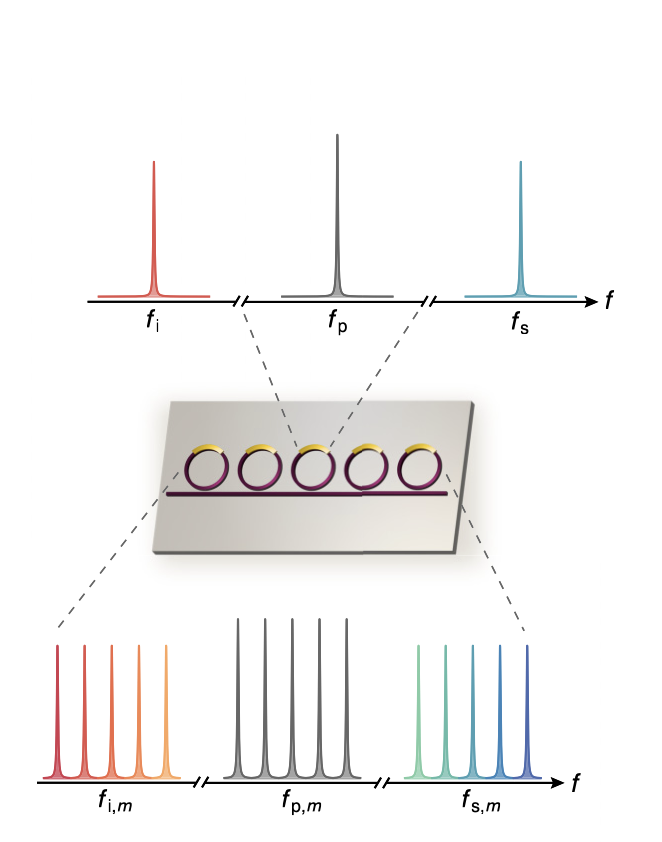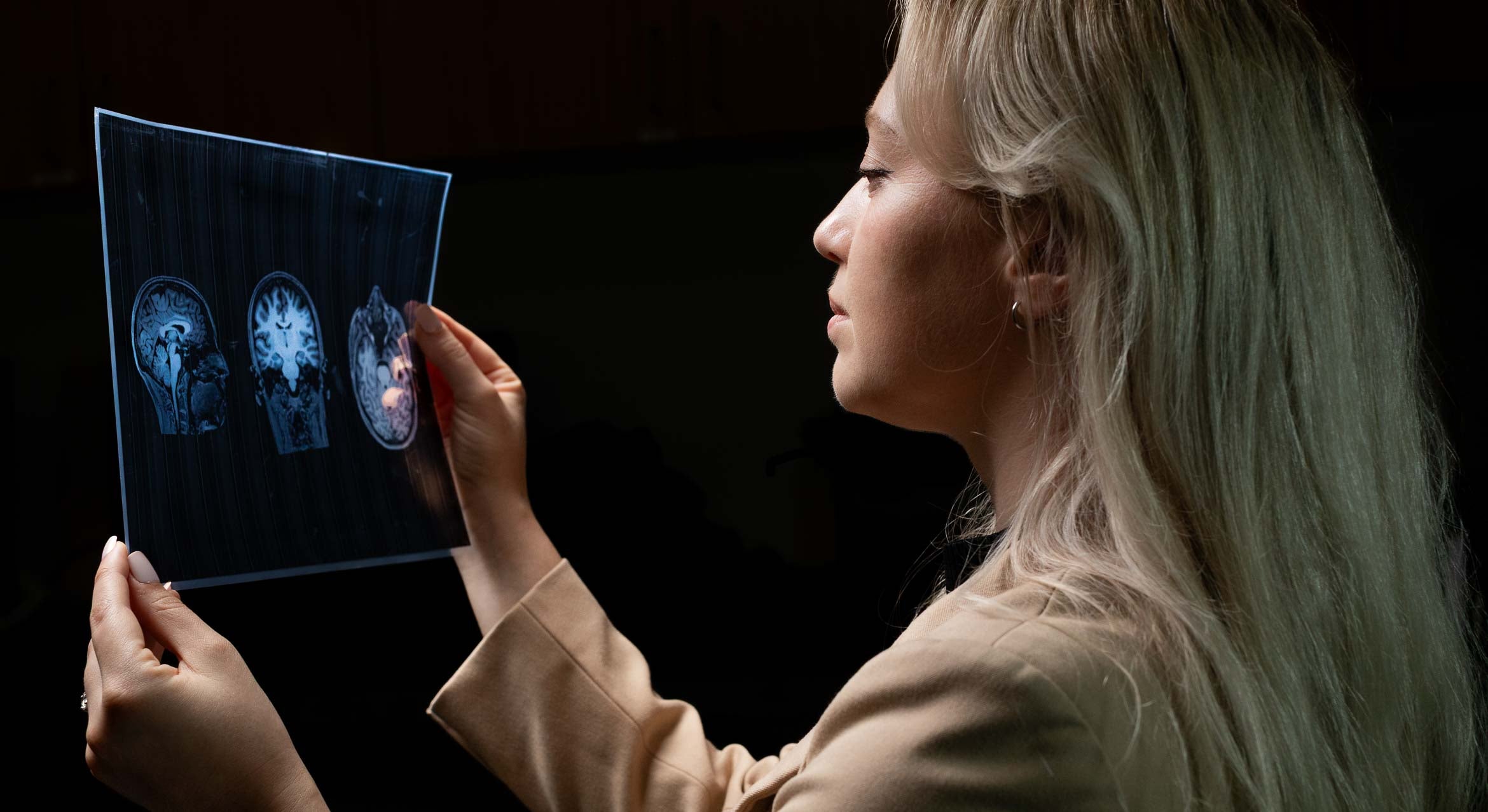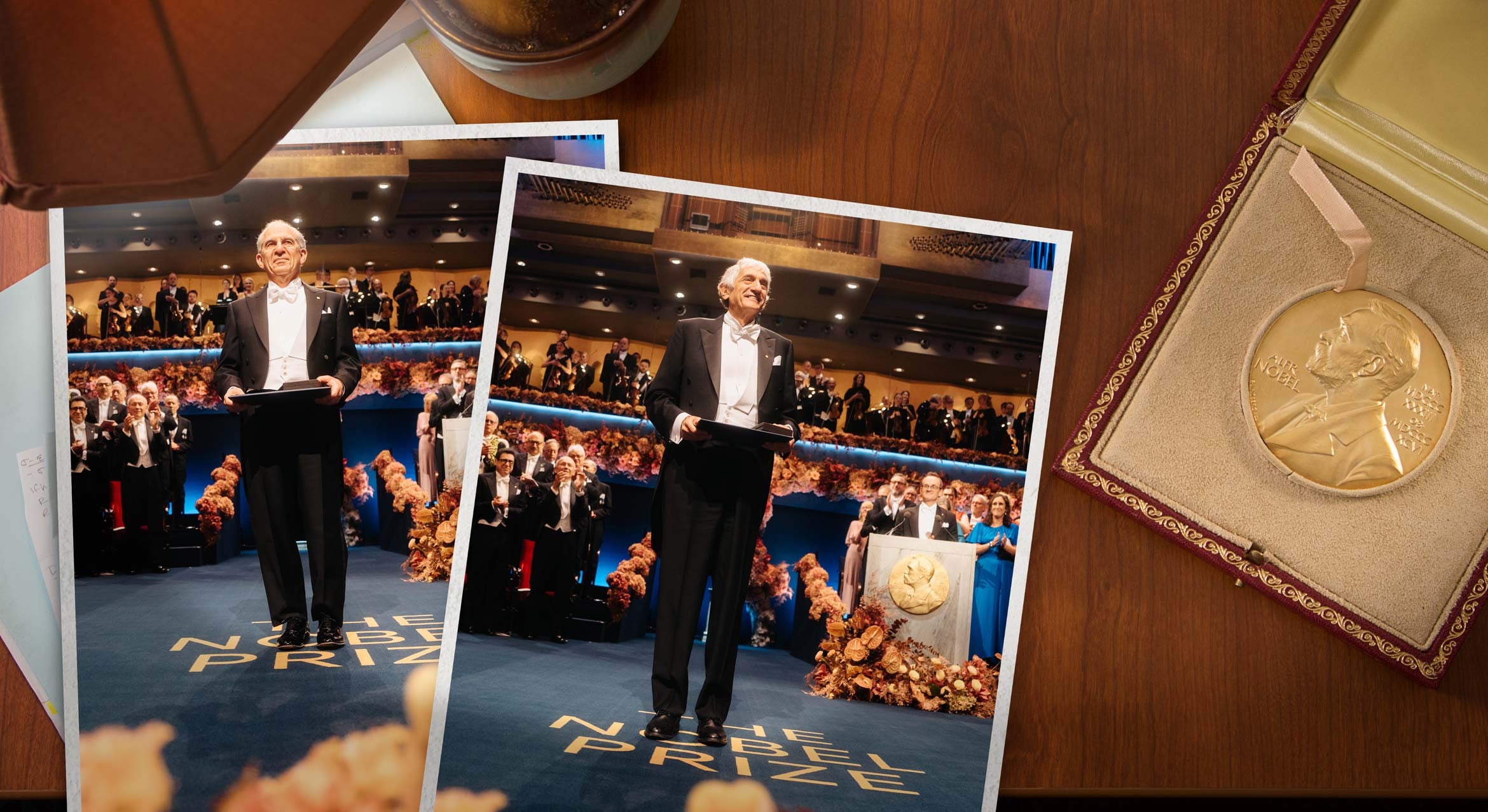
Entangled photons are at the heart of a variety of different and powerful quantum applications. By exploiting this unique quantum phenomenon, in which information correlates between two or more photons across space and time, it is possible to push the boundaries in the realms of computing, communications, cryptography and sensing, among others.
“Entanglement is a key resource for a lot of these different applications,” said UC Santa Barbara electrical and computer engineering professor Galan Moody. “And so we want to make entangled photon sources that are efficient, really bright and robust and stable, so they’re easy to use and ultimately scalable.”
Fortunately, with integrated photonics it is possible to do just that — make efficient, robust and stable sources of entangled photon pairs. In an invited paper published in the journal PRX Quantum, Moody and collaborators at UCSB and at the University of Pavia in Italy report their innovation, the development of a versatile chip-scale platform to generate these entangled particles at a high rate. “We can make many of them and many identical copies of them all on the same semiconductor chip,” Moody continued. “That helps us boost the entanglement rates and scale up the technology.”
High brightness plus minimal frequency spacing
Once called “spooky” by renowned physicist Albert Einstein because of the interconnectedness that seemingly contradicts classical physics, quantum entanglement has shed much of its mystery and become an engineered phenomenon. In the researchers’ platform this behavior occurs in a tiny microresonator ring made of a semiconductor material (aluminum gallium arsenide), into which light is pumped by lasers, taking it in a circular path.
“We send laser light into the microresonator, and it circulates around about a million times,” Moody explained. The resonators create an environment in which laser light interacts with the material and is converted into entangled photons at different colors (frequencies). Then the entangled pairs can be collected and moved to other optical fiber components for specific experiments.

Turns out, the small, compact profile of chip-scale integrated photonics lends itself well to generating these entangled pairs — the smaller the cavity the laser light interacts with, the higher the rate at which these entangled particles are produced.
However, there’s a price to pay for smaller, more efficient, brighter microresonators: The smaller they are, the larger the spacing between colors. While a minimal frequency spacing is necessary to prevent overlap between entangled photons from different frequency channels in a given bandwidth, the small microresonators introduce many unused bands in the frequency domain that are wasted. For the researchers, this presented an opportunity to create high entanglement rates while packing more information into those frequency bands.
“A conceptually easy and versatile approach to scale quantum information density would get us one step closer to realizing large-scale quantum networks in the near future,” said lead author Yiming Pang, whose research focuses on quantum light sources with III-V nonlinear materials.
The strategy? Combine (or multiplex) several microresonators by creating an array of these rings on the same waveguide.
“But it’s more complex than that,” Moody said. “You’ve got to get all the frequencies tuned properly so they’re at the right spacing.” The researchers accomplish this with the addition of tiny platinum heaters placed on each ring. “What that does is induce a phase change to any light that’s travelling through that part of the chip. It allows us to tune the frequencies that are produced from each one of these rings,” he said.

In their proof-of-concept device, consisting of an array of 20 tunable microresonators, the team demonstrated that each multiplexed microresonator produced high-quality entangled photon pairs as compared to the best resonators they produced in previous work — design elements of the components in that paper have found their way into Cisco Systems’ newly unveiled quantum entanglement chip.
The researchers also proved that these multiplexed microresonators achieve higher spectral information density than what is possible with a single resonator.
“Compared to prior results, we have an improvement of more than a factor of 40,” Moody said, paving the way for the generation of entangled photons at rates necessary, scalable and optimizable for applications such as quantum communications and computing.
Future work will involve integration of more components onto their photonic chip platform. “I’m really looking forward to integrating our robust chip-scale sources with other on-chip optical components to generate entanglement, such that losses are minimized and we would have a compact system that can significantly boost the rate of sending quantum bits,” Pang said.
Research in this paper was also conducted by Joshua E. Castro, Trevor Steiner, Liao Duan, Lillian Thiel, Nicholas Lewis and John E. Bowers at UCSB, as well as Noemi Tagliavacche, Massimo Borghi and Marco Liscidini At the University of Pavia.



